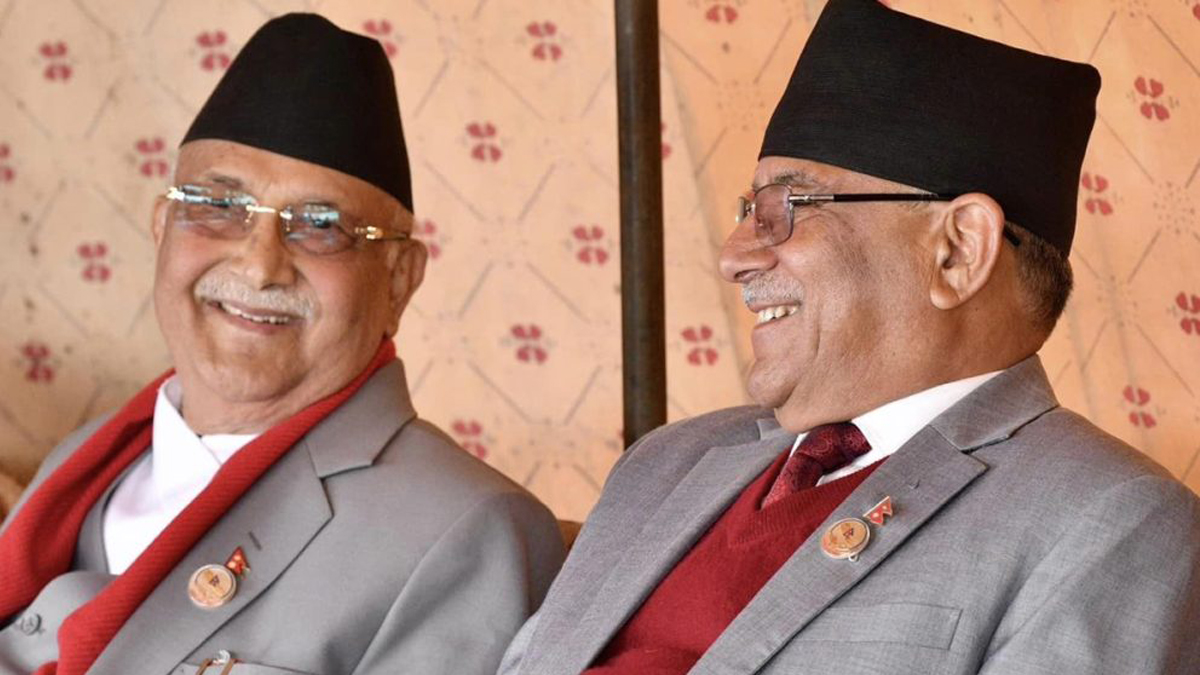China’s Shocking Plot to Topple Nepal’s Communist Leaders and Install Its Loyal Dream Team?

After years of diplomatic maneuvering and backdoor pressure to reunite Nepal's divided communist factions, China is reportedly trying a bold new strategy—oust the top dogs.
According to a recent report by SwarajyaMag, China has launched a fresh campaign to unite Nepal’s two major communist parties—the CPN-UML and CPN-Maoist Centre—not by reconciling their current leaders, but by replacing them altogether. The goal? To sideline KP Sharma Oli and Pushpa Kamal Dahal, and install new leadership that can help Beijing push its influence deep into Nepali politics.
Both Oli and Dahal have become deeply unpopular. They're accused of being power-hungry, corrupt, and intolerant of internal dissent. Their rivalry has derailed past attempts at unification, which initially showed promise when the two parties merged in 2018 and formed a government. That unity, however, was short-lived, leading to splits, shaky alliances, and repeated failures—much to China’s frustration.
Now, Beijing is reportedly backing a "minus two" formula—remove Oli and Dahal and elevate more agreeable leaders. For Oli’s replacement, China is said to favor former President Bidya Devi Bhandari, who is already touring the country and connecting with grassroots party members. CPN-UML insiders claim she’s gearing up for a leadership bid, with mounting support within the party to unseat Oli.
Meanwhile, for the Maoist Centre, Beijing’s preferred candidate appears to be former Vice President Nanda Bahadur Pun, who has re-entered active politics. Pun, a former commander of the Maoist People’s Liberation Army, is seen as disciplined, cooperative, and still in his prime. His past working relationship with Bhandari during their respective tenures as President and Vice President (2015–2023) adds to his appeal as part of a future leadership duo.
Both leaders—Bhandari and Pun—have spoken warmly about each other, and their rising popularity is unsettling the current party leadership. CPN(MC) deputy general secretary Haribol Gajurel, once a close Dahal aide, now praises the duo as an ideal team to lead the communist front forward.
But the plan isn’t without obstacles. China’s dream of a united communist Nepal faces resistance from entrenched leaders and ambitious party seniors who won’t go down without a fight. Oli and Dahal still hold considerable sway over party structures and finances, making any internal coup complex.
Yet the writing may be on the wall. With Nepal’s communist parties losing public support and the Nepali Congress and pro-monarchists gaining ground, China is feeling the pressure to act fast. For Beijing, sidelining its old allies in favor of a more stable and cooperative leadership might be the only way to keep Nepal within its strategic orbit.
Whether this gambit works—or backfires—remains to be seen.




![From Kathmandu to the World: How Excel Students Are Winning Big [Admission Open]](https://nepalaaja.com/img/70194/medium/excel-college-info-eng-nep-2342.jpg)
